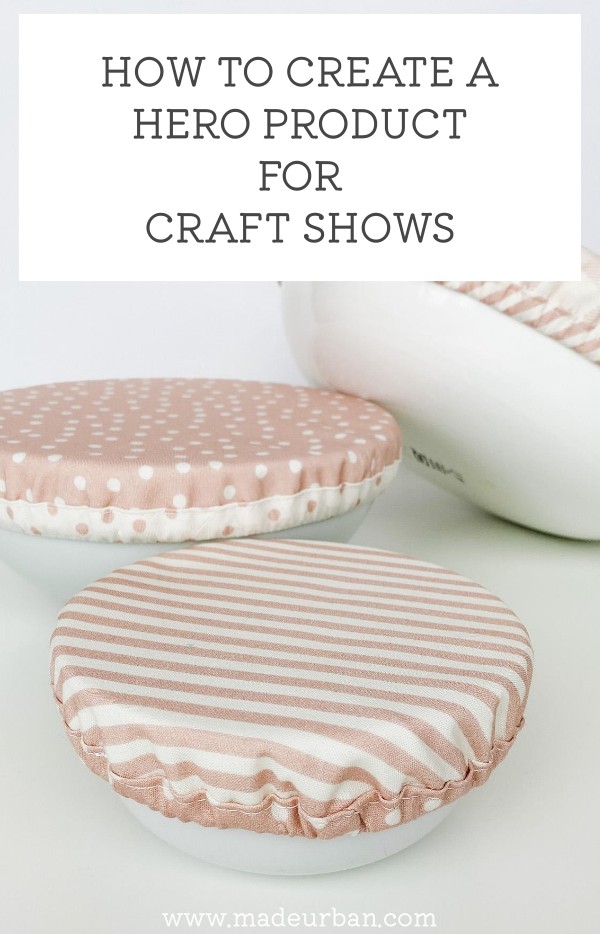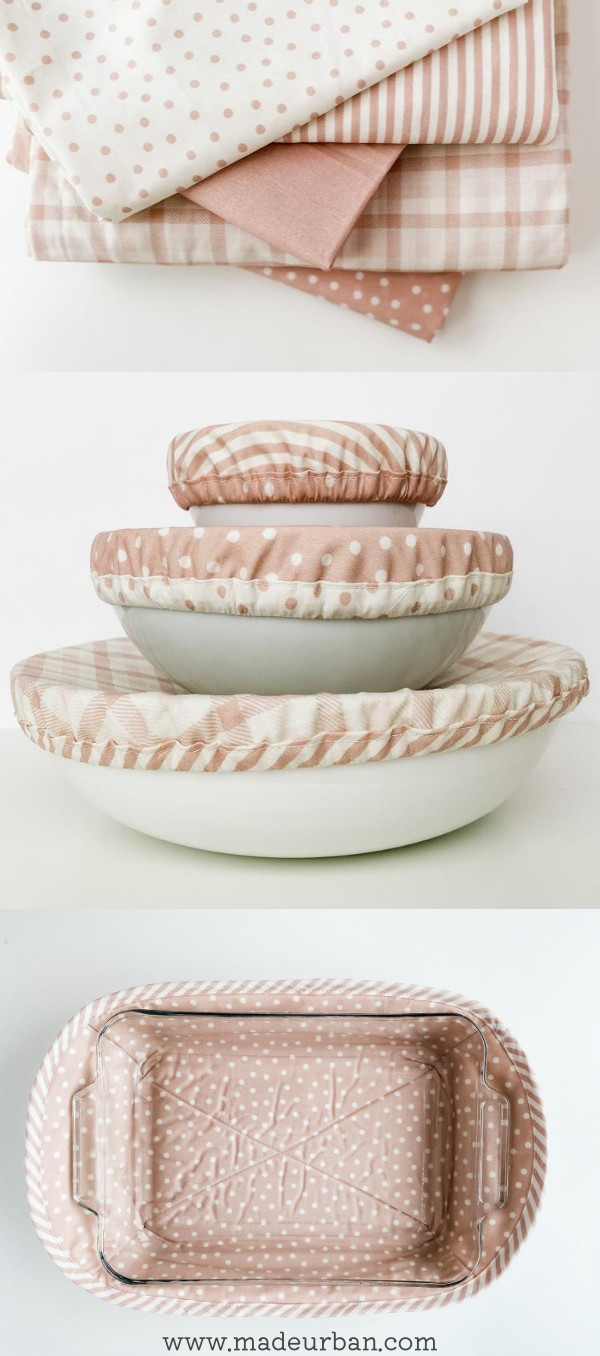How To Create a Hero Product for Craft Shows
A hero product is the standout product in your product line.
Every business should have one to:
- Represent your brand – a hero product will show consumers what you’re known for.
- Draw in new customers – it should be appealing to your target market and something everyone within it desires (whether they can afford it yet or not). A hero product will catch their eye at a craft show or get them to stop scrolling on social media.
- Drive profits and sales – a hero product will be your bestseller (since it’s so desirable) and should also be profitable.
It’s not just any popular product in your lineup. It’s the product you:
- intentionally promote
- build your business around
- become known for

Examples of hero products
Let’s look at a business everyone knows: McDonald’s.
One of their hero products is their Big Mac, and here’s why:
- It’s their brand icon – everyone associates a Big Mac with McDonald’s, even if they don’t eat there often.
- It’s intriguing to new customers – if you’ve never eaten at a McDonald’s before, you’re probably going to want to try a famous Big Mac.
- Drives sales – there are many places to go when you want a regular burger. But no one else makes a Big Mac. You have to go to McDonald’s for that special sauce.
A business can have more than one hero product.
For example, a Happy Meal would also be considered a hero product for McDonald’s, targeting a different segment of their market: families with young children.
How to create your hero product
Follow these steps to develop a hero product for your craft business.
1 – Define what you are, or want to be, known for
If sales numbers and customer feedback don’t give you a clear indication of which products your business is known for, think about what you’d like your business to be known for.
What interest, lifestyle, or preference do you want to appeal to?
For example:
>> When selling handbags, do I want to make bags that appeal to a travel interest or a student lifestyle? That will determine whether I focus on a travel bag or a book bag.
>> Someone selling soap might determine whether they want to appeal to people who love spicy scents or floral scents.
>> I might build a business selling kitchen and table linens to people who love to cook.
What style do you want to represent?
When it comes to your category of product, what are the popular styles?
For example:
>> Home decor products tend to follow a popular style such as mid-century modern, cottagecore, or contemporary.
>> Products such as jewelry and accessories follow popular fashion styles, such as preppy, hippy, goth, etc.
>> Even something like soap can follow a style. Soap shapes, colours, and labels may have a feminine style, whimsical style, or modern style.
2 – Determine what’s in demand
Think about the products in your category that are more desirable or essential.
>> An example of a more desirable product for a bath and body vendor might be a whipped body butter. It’s not as common of a product and it sounds more luxurious and desirable than “body cream”.
>> An example of a more essential item for a business selling kitchen linens might be bowl covers. Everyone needs to cover food at some point and could use bowl covers to replace Saran Wrap and tinfoil. On the other hand, not everyone needs a casserole cozy (it’s more of a nice-to-have), but everyone needs a pair of oven mitts in their kitchen so they don’t burn their hands when removing items from the oven.
Consider your product category and your target market and what type of product they’re likely to be drawn to.
3 – Make it unique
Think about how you can put your spin on the product so it becomes even more unique to your business.
Keep (at least) one product feature consistent so your business becomes known for it.
For example:
- A bath and body vendor may focus on spicy scents.
- An artist may only work with watercolour in pastel colours.
- A jewelry vendor may incorporate a pearl into all of their designs.
- A pottery artist may finish all their pieces with a matte glaze and only offer black and white collars.
- A business selling kitchen linens may focus on a cottagecore style or pink colors.

4 – Price strategically
Your hero product should be within your target market’s budget (i.e. not an upsell product or the most expensive item in your lineup) and craft show-friendly.
Every business and craft show is different (e.g. an art or pottery show will attract people willing to spend a little more than an average craft show shopper), but a good price range to be in for a craft show is: $10 – $40.
Most shoppers won’t require too much time to think about a purchase within that price range, which will encourage more sales.
You should also play with different price points to see which are more popular. Not all consumers prefer the cheaper option.
For example, I may bundle products or test different designs to offer higher and lower price options in my hero product.
You don’t want your price point to be too low; you want your revenue per sale to be worth your while.
5 – Highlight it
When marketing a craft show you’ll be at, be sure to highlight your hero product.
If organizers ask for a photo for your bio or for promoting the event’s vendors on social media, be sure to send them a photo of your hero product.
In your craft show display:
>> Your hero product should be front and centre. You might put it at the beginning of your booth/table, to draw shoppers in, and/or in the highest spot of your display so it catches everyone’s eye.
>> You also want to position your hero product in a way that encourages shoppers to pick the item up. Place it close to the front of the table so shoppers don’t have to reach, and use fixtures that make it easy for the item to be picked up and put back.
>> Your hero product can be repeated in your display to further communicate its importance. This also gives shoppers more opportunities to see and handle the item. Having more stock in your hero product communicates “This is an important product”.
6 – Test and tweak
Finding your hero product may take some time. I’ve created many products I thought were going to be popular, only to discover my target market wasn’t as interested in them as I thought.
You can’t force consumers to be interested in or buy a specific product. You must listen to them and be willing to work on changes until you find the perfect fit.
Pay attention to shopper behaviour; in your space and at other vendors’ booths so you get a better feel for what they’re drawn to.
Always track important craft show metrics (7 Stats to Track at Craft Shows (to improve sales))
For example, I may start with my reusable bowl covers as my hero product, but notice that most shoppers approach my oven mitts first, and I sell more of them than my bowl covers, I would play with making oven mitts my hero product (making them unique, working on a good price point, highlighting them in my display, etc.).
Be sure to work with results from multiple craft shows before jumping in. You may sell out of one product at a craft show and not sell any at the next.
Look for consistent sales of your potential hero product.
6 – Work around it
Once you’ve created a hero product (and your target market agrees it’s the hero), start building your business around it.
If I determine my oven mitts are my hero product, it won’t help my sales if the other products I sell are unrelated to them.
I would want to think about the other items people might buy or use with the oven mitts, such as, matching/coordinating:
- aprons
- hot pads
- pot holders
- pot pinchers
- tea towels
- etc.
Again, take your time with this step. Introduce new products slowly and pay attention to shopper behaviour and sales. As a product proves it’s a seller, make more of it for the next craft show. If shoppers aren’t interested in a product, phase it out.

Hey, I’m Erin 🙂 I write about small business and craft show techniques I’ve learned from being a small business owner for almost 2 decades, selling at dozens of craft shows, and earning a diploma in Visual Communication Design. I hope you find my advice helpful!
